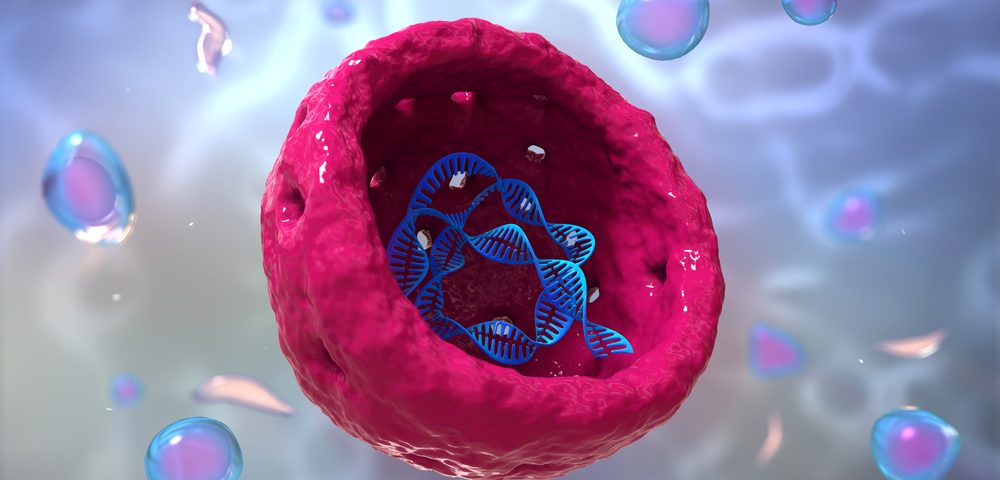Researchers have discovered a key regulator of our cells’ innate immune response against pathogens, including the hepatitis C virus (HCV).
Findings from scientists at Sanford Burnham Prebys Medical Discovery Institute (SBP) suggest that therapies developed to modulate this protein, called K-homology splicing regulatory protein (KHSRP), may not only improve the way we currently treat viral infections such as hepatitis C, but also cancers and autoimmune diseases.
The study, “Systems-based analysis of RIG-I-dependent signalling identifies KHSRP as an inhibitor of RIG-I receptor activation,” was published in the journal Nature Microbiology.
“We discovered that a protein called … KHSRP weakens the immune response to viral RNA,” Sumit Chanda, PhD, the study’s lead author and director of the Immunity and Pathogenesis Program at SBP in La Jolla, California, said in a press release.
“Depleting KHSRP improved immune signaling and reduced viral replication in cell culture and in vivo, suggesting that drugs inhibiting the protein may have therapeutic value,” Chanda added.
Our innate immune system is our first line of defense against invading pathogens, such as bacteria and viruses. However, innate immune responses need to be tightly regulated, since a weak response may allow for infections to progress rapidly, while overactive responses may lead to autoimmune diseases.
“That’s where KHSRP comes in,” Chanda said. “It physically interacts with a protein called retinoic acid-inducible gene I (RIG-I) to apply the brakes to the innate immune response.”
RIG-I receptors are found in the cells’ cytoplasm and can specifically detect genetic material (RNA) from viruses. RIG-I mediated recognition of viral RNA that triggers a signaling cascade leading to the production of inflammatory signals such as interferon to kill the virus. The activated RIG-I enhances and activates other immune responses, increasing the cells’ response against infection.
“We identified KHSRP by systematically testing every human proteins to identify those that impact RIG-I signaling,” explained Stephen Soonthornvacharin, a recent PhD graduate from the Chanda lab. “We found about 240 proteins, but we focused on KHSRP because it was the only one of the 240 that was found to inhibit the very early steps of RIG-I signaling.”
These results suggest that targeting KHSRP and inhibiting its activation offers promising therapeutic effects.
“Molecules that block KHSRP’s actions could serve as adjuvants –components that heighten the immune response – to vaccines against influenza or hepatitis C, as antiviral drugs, or even next-generation cancer immunotherapies,” Soonthornvacharin said.
“Also, among the 240 RIG-I regulators we identified, 125 appear to activate RIG-I, so finding drugs that inhibit these proteins may be a way to treat autoimmune conditions involving too much interferon, like type 1 diabetes or lupus. Figuring out which ones are promising requires further investigation.”
Chanda said the researchers believe KHSRP protects against autoimmunity.
“RIG-I normally recognizes RNA molecules that arise during viral infections, but it can also mistakenly sense RNA present in normal cells,” he said. “Without KHSRP, the innate immune response could be erroneously turned on when there’s no virus. Increasing the activity of KHSRP might therefore be a way to treat autoimmunity.”
Researchers discussed their future plans where they propose to “figure out more of the details of how KHSRP regulates RIG-I,” said Sunnie Yoh, PhD, a staff scientist in the Chanda lab and contributor to the current study. “That’s the information that will move us in the direction of developing therapies.”

